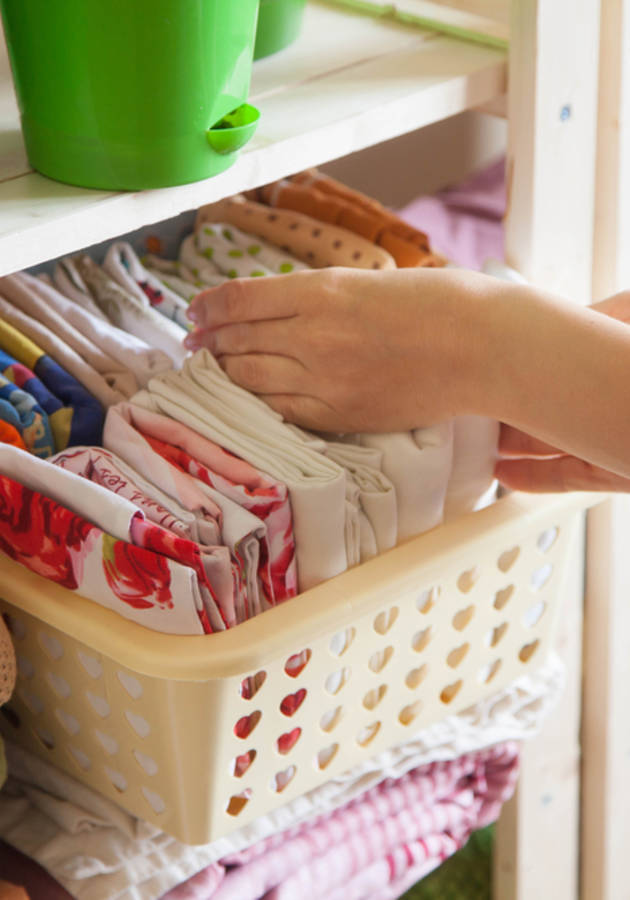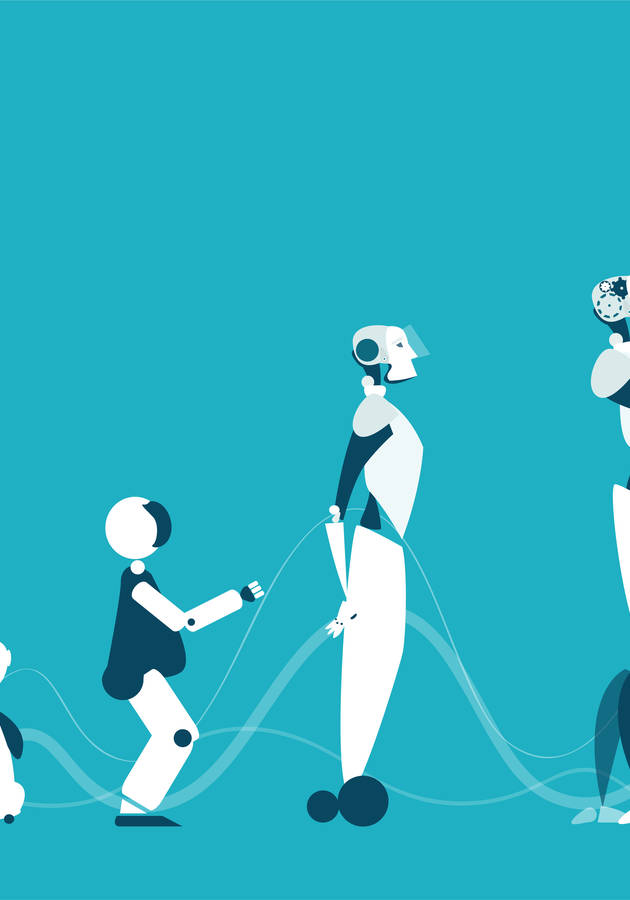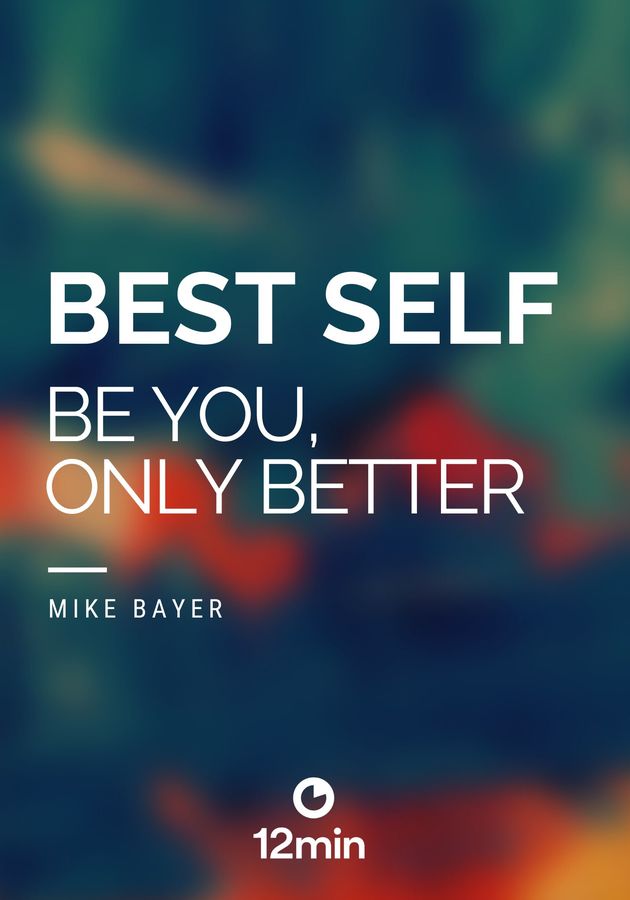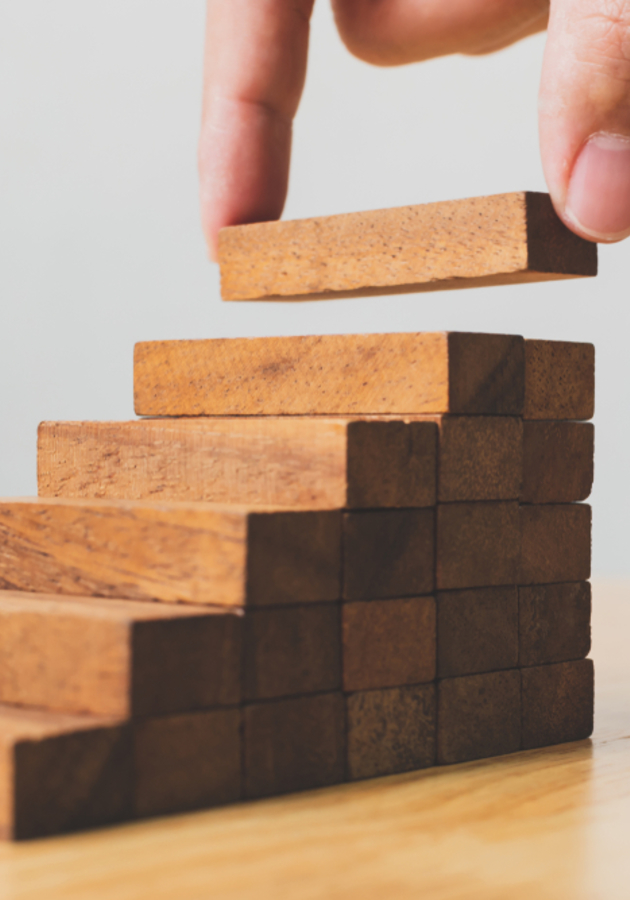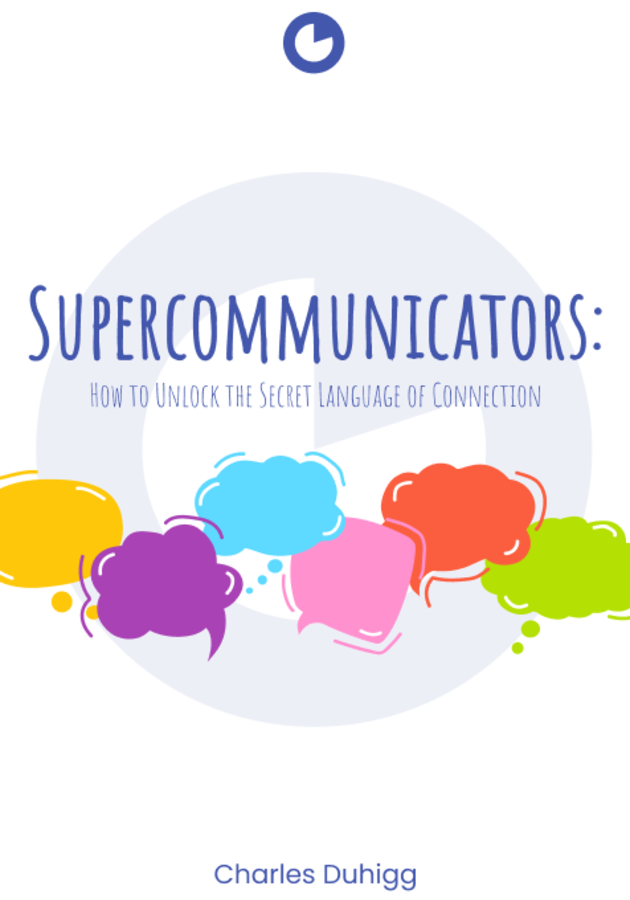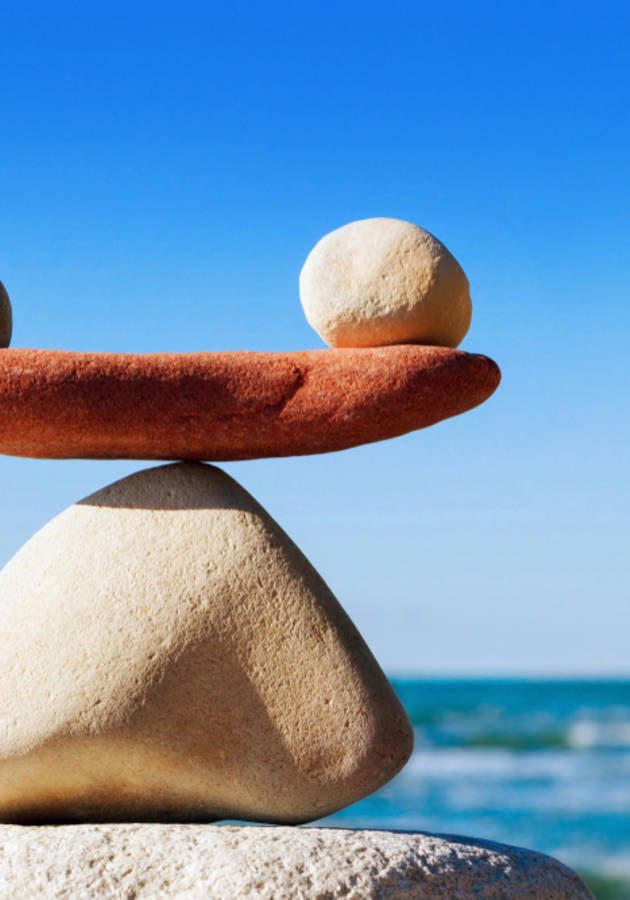If you are a hoarder who wants to change their lifestyle as soon as possible, “The Gentle Art of Swedish Death Cleaning” may be the first book you need to read – and straight away.
Margareta Magnusson is here to offer some tips and tricks from the practices in her own home country, and why you should start leveraging them. The same holds true for anyone who doesn’t know what decluttering is, and has a problem finding space in their apartment for a new piece of clothing, or even a pencil.
If you enjoy watching Marie Kondo YouTube tutorials and reading her books (“The Life-Changing Magic of Tidying Up” and “Spark Joy”), there’s no reason not to enjoy Magnusson’s debut – their books may have a different starting point, but essentially they do have the same message. Anyway, let’s get down to it!
Decluttering your home
Part guidebook on how to how to declutter your home, part meditation on coming to terms with aging and how to make the process of downsizing less painful, “The Gentle Art of Swedish Death Cleaning” is what you’d expect precisely from a book with such a title. “The only thing we know for sure,” writes Magnusson in the very first sentence of the book, “is that one day we will die. But before that, we can do anything.”
Apparently, one of the most important things you can and should do is decluttering your house. Putting your house in order is often perceived as the starting point for any big change and as something that reaps incalculable benefits. Tidying up your home is not very practical advice because it lacks specifics, and it might not sound that life-altering after all. But, don’t worry because we will provide you with the details on how to do that.
Döständning, or one last sweep before you die
Let’s start with an inevitable fact: one day you’ll die, and you’ll leave lots of items behind you. Have you ever thought about what will happen to them once you’re gone? As it should be only obvious, your loved ones will one day have to go through them. You can guess the results: they’ll throw away some of them, they’ll keep others, they’ll try to decide who deserves what of the most valuable ones.
This process is both physically and psychologically taxing; in many cases, no wonder that it can result in acrimonious disputes. Take, for example, the author herself. Magnusson's mother left her a charming bracelet on her deathbed. However, unlike her mother, she has five children, so she knew full well that no matter what her choice would be on who should inherit it, that bracelet will probably cause much more sadness and bitterness than joy and laughter.
Her solution? She simply sold the bracelet. As valuable as it was (of course, emotionally much more than financially), it wasn’t nearly as valuable as family bliss. The selling of the bracelet was part of Magnusson’s “döständning,” Swedish for “death cleaning,” or, as we would like to say, “one last sweep before you die.” It may sound strange, but it is a fact of life in the Scandinavian countries.
Just like it is a great idea to clean your house before you leave on vacation (so that you are not shocked once you come back), the Scandinavians believe that it is an even better one – nay, a duty! – to comb through all of your belongings and throw away the unnecessary stuff before you live this planet.
After all, who knows your things better than you? And why should you bother others with your useless items?
Decluttering is bonding – if you do it right
In other words, if you care for your loved ones, then it’s only fair to spare them the emotional and physical burden of cleaning up your stuff. Start with your attic or basement (depending on which one of the two you have) and with the big items: furniture, books, items that take up a lot of space...
It’s not that you can’t start with the small items in that secret box under your bed, but let’s face it – it will take you forever to make any progress if you do that. Not that it’s easy to get rid of your old dollhouses or twice-used sports equipment!
After all, these items will remind you of your happy childhood days just as you’re nearing death – as “Citizen Kane” teaches us, nothing can be more poignant and heartbreaking than that! However, think of the problems that your books or toys may cause between your loved ones once you are gone; and should we remind you that you won’t be there to mend them? So, ask yourself for each item:
- Will you ever need this again?
- Will someone else need it?
Granted, as tricky as it is, the first question may be a bit easier to answer than the other one. Magnusson has a solution for that: if you don’t know whether something will be useful to some of your loved ones or not, well, call them and ask them!
There, now you’ve created a great opportunity for the family to bond! Because not many of them will know everything about the younger “you,” and some of them – like your grandchildren, for example – will probably discover a completely new “you.”
Nothing bonds as much as a walk down memory lane. Here’s your chance to walk it – while you declutter!
Döständning and being discreet
As you’ve probably guessed, it’s a bit dangerous to invite your loved ones over to help you declutter if some of the things you’ve kept throughout the years, you’ve kept hidden from them for a reason. Take a page out of Magnusson’s book.
After the death of her parents, she was death cleaning their house and found a few unusual items; for example, secret cartons of cigarettes hidden in a linen closet. Apparently, her mother was smoking in private – something she didn’t want anyone to know or find out. Magnusson included: she realized that she might have been happier if she had never found out about her mother’s vice.
More mysterious and even scarier, in her father’s desk, Magnusson discovered a large piece of arsenic, dating from at least three decades before her father’s death. Since her father passed away in the 1970s, it was evident to Magnusson that the arsenic was acquired when her parents feared that Sweden could be invaded by the Germans. However, why did it remain in the cabinet for so long? Did her father – or even her parents – had another secret that she would probably never find out?
Once again, do you really like your children and their children to wonder about things such as these once you’re not alive to explain? So, be very careful before you start inviting your relatives and gifting them your memories. Some of your memories are not supposed to be given away.
Yes, that is especially true for your diaries and your love letters! Read them carefully and see if there’s anything in there you don’t want anyone to find out. If so, ask yourself whether it’s smart to keep them still. That’s right: time to throw them away or, better yet, burn them!
The throw-away box and the cabinet for the ugly
Now, Magnusson knows that it’d be almost impossible for you to get rid of things as personal as diaries, letters, or photographs. If that’s the case, Magnusson suggests putting them in an easily disposable “throw-away box,” adorned with a sticker: “please throw it away without opening it.”
This should certainly help since it bereaves you of the burden of throwing away something you cherish in addition to relieving you from your doubts that these things will eventually be seen by someone else after your death. But, let’s face it: there’s no guarantee about the latter. So, we suggest the strategy above: when you are confident that something of yours should be seen by nobody other than yourself, make sure that you are the last person who’ll ever see it.
On the subject of throw-away containers, Magnusson mentions another type: “I do know people who maintain what we in Sweden call a fulskåp, a cabinet for the ugly. A fulskåp is a cupboard full of gifts you can’t stand to look at, and which are impossible to regift. Usually, these are presents from distant aunts and uncles that you put on display when the giver comes to visit.”
You don’t need Magnusson to tell you that “this is a bad idea.” It both occupies space and inspires others to give you similar gifts. If those gifts are not who you are – be honest. If you’re a girl and you vax, you know what we’re talking about: the rip of the Band-Aid hurts like hell, but everything’s both better and cleaner soon after.
A Lesson from the Vikings
Once you die, you leave behind many of your items on this planet. Of course, these become a responsibility for your loved ones: they need to clean your stuff up. That’s not very fair on your part if you ask Magnusson. So, take a page out of the book of the Vikings: when they died, they were buried (or cremated) together with their belongings.
This way, the Vikings believed, those who passed wouldn’t miss their favorite items in Valhalla, but also – speaking in more practical manners – this way the surviving loved ones wouldn’t have to quarrel over who should own them.
For example, in Greek mythology, Ajax went mad and killed himself after Odysseus got Achilles’ armor soon after Achilles was killed. Yup, that’s a very cruel, but also good, a metaphor for the problems your bracelet may cause once you die – if, say, you have more than one daughter.
The art you should master
There’s a better way to tackle this problem. It’s called “döständning” in Swedish, a word that can be translated as “death cleaning” in English. And it means exactly what you think it means: getting rid of the stuff you don’t need so that your surviving loved ones don’t have to once you leave this planet.It’s not only good manners – but it’s also a great way to spare your loved ones the psychological burden of painful memories even long after you’re gone.
“Let me help make your loved ones’ memories of you nice,” says Magnusson at one place, “instead of awful.” An excellent way to decide whether an item should be thrown away or kept is by asking two questions about it.
The first one is obvious: “Will I ever need this?” The second one becomes more important with every day you’re nearing your death “Will anyone I know be happier if I save this?” If you don’t know the answer to the second question, invite your loved ones and ask them in person. Thus, decluttering becomes a great way to bond with them.
Final Notes
Before “The Gentle Art of Swedish Death Cleaning,” we didn’t even know that there was such a thing as “death cleaning.” Now, it’s suddenly all we think about. “A fond and wise little book,” writes Dwight Garner for The New York Times. “I jettison advice books after I’ve flipped through them. This one I will keep.” We will keep it too, Dwight. This one’s a great, great, great book.
12min Tip
It comes almost paradoxical that you can improve your bond with your loved ones by relieving them of having to take care of your stuff. You might as well give it a go.
